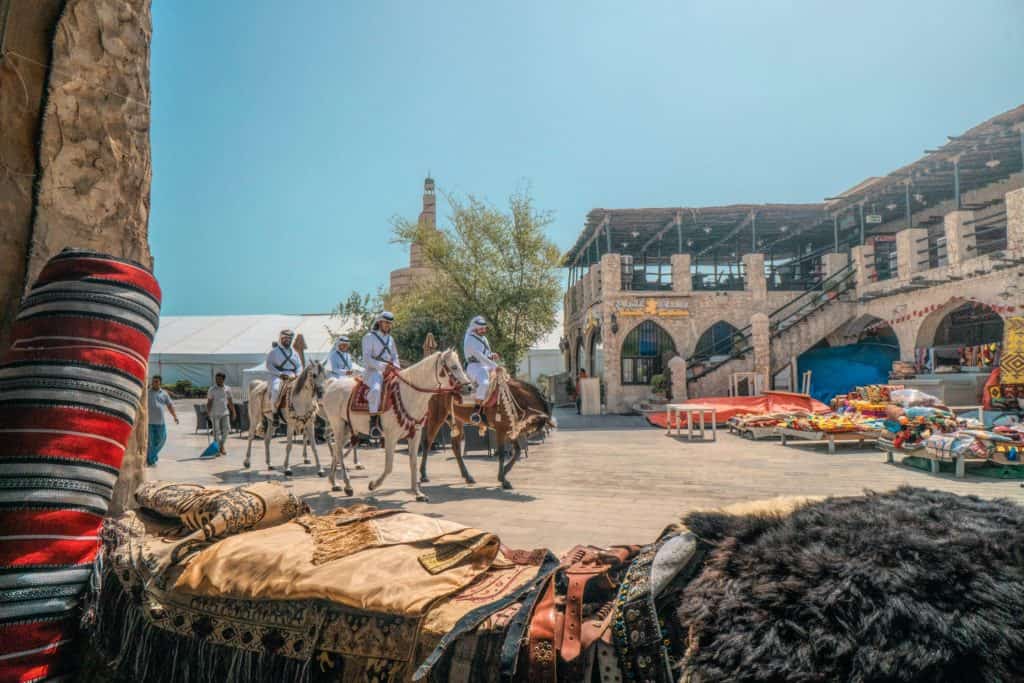In connection with the commencement of Arabic classes organized by the Al-Babtain Chair in collaboration with the University of Granada, the Center for Modern Languages (CLM), and the Euro-Arab Foundation, I’ve crafted this concise presentation highlighting key aspects of the Arabic language. Please note that this presentation provides only the headlines, and the corresponding explanations are not included. Without them, the presentation remains incomplete. The Arabic letter images are sourced from Nicolás Weber’s book, with only the initial letters of the alphabet included (up to ج – ŷīm) due to copyright restrictions.
Introducción a la lengua árabe by carlusserrano
Syllabus Overview – Alatul, Level A1.1
You can find the syllabus, outlining the class topics, which aligns with the Arabic language manual Alatul, Level A1.1.
In upcoming discussions, I will delve into recommended materials for learning Arabic. You can explore them in the post titled “Class Materials.” I’ll also share images, audios, and videos to assist you in recognizing and pronouncing letters and words, as well as mastering the stroke of each letter. This will include information on where to start and finish, when to use diacritical marks, the proportion of each letter, and their placement concerning the writing line. All of this will be gradually introduced.
References
- Victoria Aguilar, et al., Alatul (Herder, 2010).
- Ignacio Ferrando, Introduction to the History of the Arabic Language (University of Zaragoza, 2001).
- José Miguel Puertas Vílchez, The Adventure of the Qalam: History, Forms, and Artists of Arabic Calligraphy (Edilux, 2007).
- Nicolás Weber, Arabic Writing Made Easy (Sirpus, 2012).
- Wikipedia (Maps)




